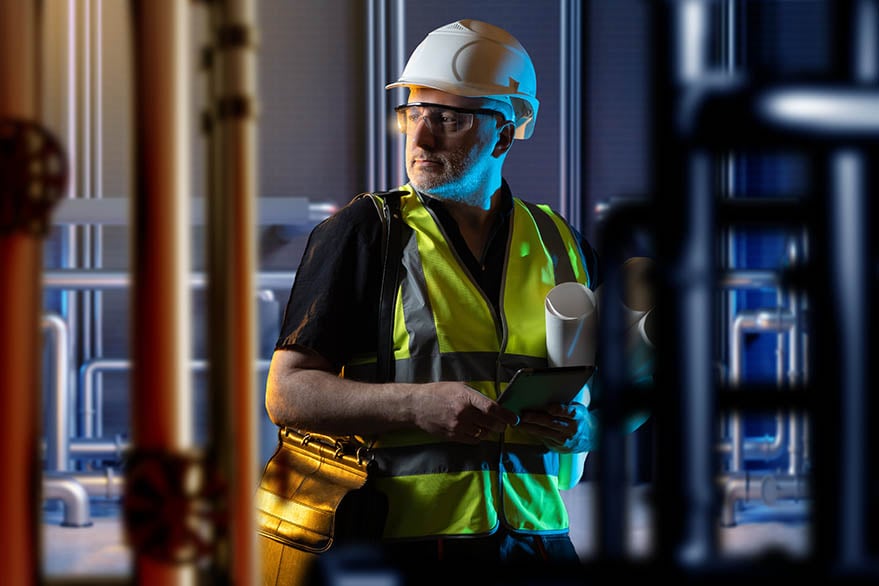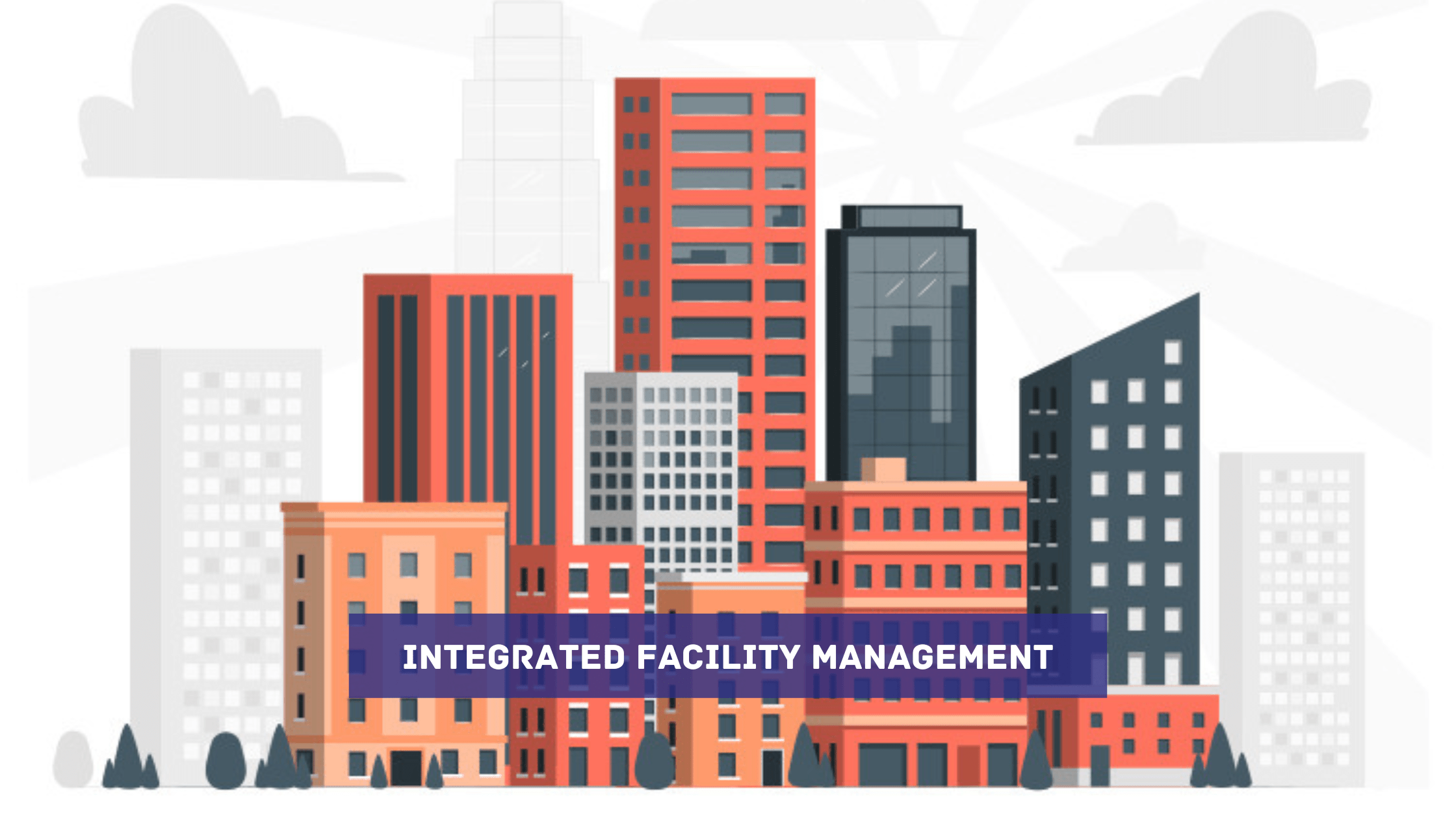Exactly How Innovation is Transforming Facility Management in Various Industries
Exactly How Innovation is Transforming Facility Management in Various Industries
Blog Article
The Essential Overview to Center Administration: Methods for Success
Facility management plays a crucial role in the overall success of a company, offering as the backbone that supports efficiency, safety, and performance. By employing critical strategies such as incorporated technical remedies and promoting cross-departmental collaboration, companies can substantially enhance their functional foundations. However, the subtleties of effective center administration extend past mere logistics and call for an extensive understanding of both qualitative and measurable metrics. As we discover these important approaches, a closer evaluation discloses exactly how they can change not just centers, but the very society within an organization itself. What might these improvements look like in method?
Comprehending Center Monitoring
What constitutes effective facility administration? Reliable center monitoring incorporates the control of various organizational functions to guarantee that developed atmospheres are secure, effective, and conducive to performance. Facility Management. It integrates the principles of design, organization, and style management to create a seamless operational circulation within a company
Crucial element of center monitoring consist of area planning, maintenance management, and conformity with wellness and safety and security guidelines. Area planning concentrates on optimizing the use of physical sources to sustain organizational goals, while upkeep monitoring makes sure that facilities are kept in ideal condition, maximizing life-span and lowering functional costs. Conformity with regulatory and lawful requirements is important, as it safeguards the organization versus prospective liabilities and boosts its track record.
Additionally, effective center administration depends on the strategic use of technology, such as Structure Administration Systems (BMS) and Computer-Aided Center Management (CAFM) devices. These innovations facilitate real-time surveillance of building systems and simplify maintenance procedures. Eventually, a comprehensive strategy to facility monitoring not only advertises operational performance but likewise cultivates a positive setting for workers and site visitors alike, driving overall business success.
Key Methods for Optimization
Maximizing facility monitoring requires a calculated approach that straightens operational exercise with business objectives. To accomplish this, the very first essential approach is the application of incorporated technological services. Making use of advanced software application systems enables real-time tracking of center procedures, helping with data-driven decision-making and boosting total efficiency.
Second of all, normal assessments of facility performance are crucial. Conducting routine assessments and audits makes it possible for facility managers to determine locations that require improvement, guaranteeing that resources are designated properly. This proactive approach helps in lessening downtime and boosting service shipment.
One more important approach is fostering collaboration across departments. By encouraging open communication between teams, facility managers can better align their techniques with company goals, causing enhanced functional synergy. Furthermore, involving staff in training programs promotes a culture of responsibility and improves their capability to contribute to optimization efforts.
Enhancing Safety Protocols
Strengthening safety methods is essential for creating a secure setting within centers. A detailed security procedure not only protects site visitors and employees however also enhances functional effectiveness. To accomplish this, facility supervisors need to carry out regular risk analyses to guarantee and determine possible dangers that proper steps are in area.
Training and education are critical elements of effective safety methods - Facility Management. Workers should obtain continuous training in emergency treatments, equipment handling, and individual protective measures. Routine drills, such as fire evacuations or lockdown treatments, foster familiarity and readiness among team
Furthermore, clear communication networks must be developed to report safety problems quickly. This consists of creating an obtainable platform for staff members to voice possible risks or cases without worry of retribution. Additionally, leveraging modern technology can improve safety and security steps; as an example, executing security systems and access controls assists check facility tasks and limit unauthorized entrance.
Finally, compliance with neighborhood regulations and market click here requirements is non-negotiable. Normal audits and reviews of security procedures make certain alignment with present legislations and ideal techniques. By prioritizing these techniques, facility supervisors can grow a society of safety and security that protects all stakeholders and eventually adds to the company's success.
Improving Office Setting

Ergonomic considerations are vital to lessen physical pressure and pain. Facility Management. This includes supplying flexible furnishings, appropriate illumination, and sufficient area for motion. These modifications can result in decreased absenteeism and increased job satisfaction
Visual appeals play an important role in shaping the workplace atmosphere. Making use of shade psychology, website all-natural illumination, and greenery can foster a promoting and welcoming environment. Attentively created areas can increase creativity and boost total wellness.
Furthermore, encouraging staff member interaction through inclusive decision-making procedures can improve the sense of possession and belonging. Gathering feedback on office enhancements and including employees in the layout process can bring about a much more tailored setting that satisfies their needs.
Last but not least, promoting well-being campaigns, such as wellness programs and leisure areas, can further add to a helpful office culture. By focusing on these read more methods, facility supervisors can efficiently boost the workplace setting, driving both worker satisfaction and business success.
Measuring Success in Facilities
Determining success in facility administration calls for a detailed approach that examines both qualitative and quantitative metrics. Measurable metrics usually consist of essential efficiency indicators (KPIs) such as space application rates, power usage, maintenance prices, and tenancy levels. These metrics supply a clear picture of operational performance and financial efficiency, permitting facility supervisors to recognize areas for enhancement and standard against market criteria.
Qualitative metrics, on the other hand, focus on customer satisfaction and worker involvement. Surveys and feedback systems can determine how well the facilities satisfy the demands of occupants, assisting to examine the total workplace environment. This element is critical, as a satisfied workforce is typically connected to raised productivity and retention rates.
To efficiently determine success, center supervisors need to also consider integrating innovation, such as developing monitoring systems and information analytics devices, to accumulate and assess pertinent information. Routinely evaluating both sets of metrics enables a much more balanced view of performance and informs tactical decisions. Ultimately, a successful facility management technique depends upon a dedication to continual renovation, making certain that both functional performances and customer contentment are focused on.
Final Thought

Center administration plays a critical function in the total success of an organization, offering as the backbone that sustains efficiency, performance, and safety.Secret aspects of center management include room preparation, maintenance administration, and conformity with wellness and safety regulations.Moreover, effective center administration relies on the critical use of technology, such as Structure Management Equipment (BMS) and Computer-Aided Facility Administration (CAFM) devices. Inevitably, a comprehensive method to facility administration not just advertises functional performance yet also fosters a positive environment for workers and visitors alike, driving general organizational success.
Eventually, an effective facility administration technique pivots on a dedication to continual improvement, guaranteeing that both functional performances and individual contentment are prioritized.
Report this page